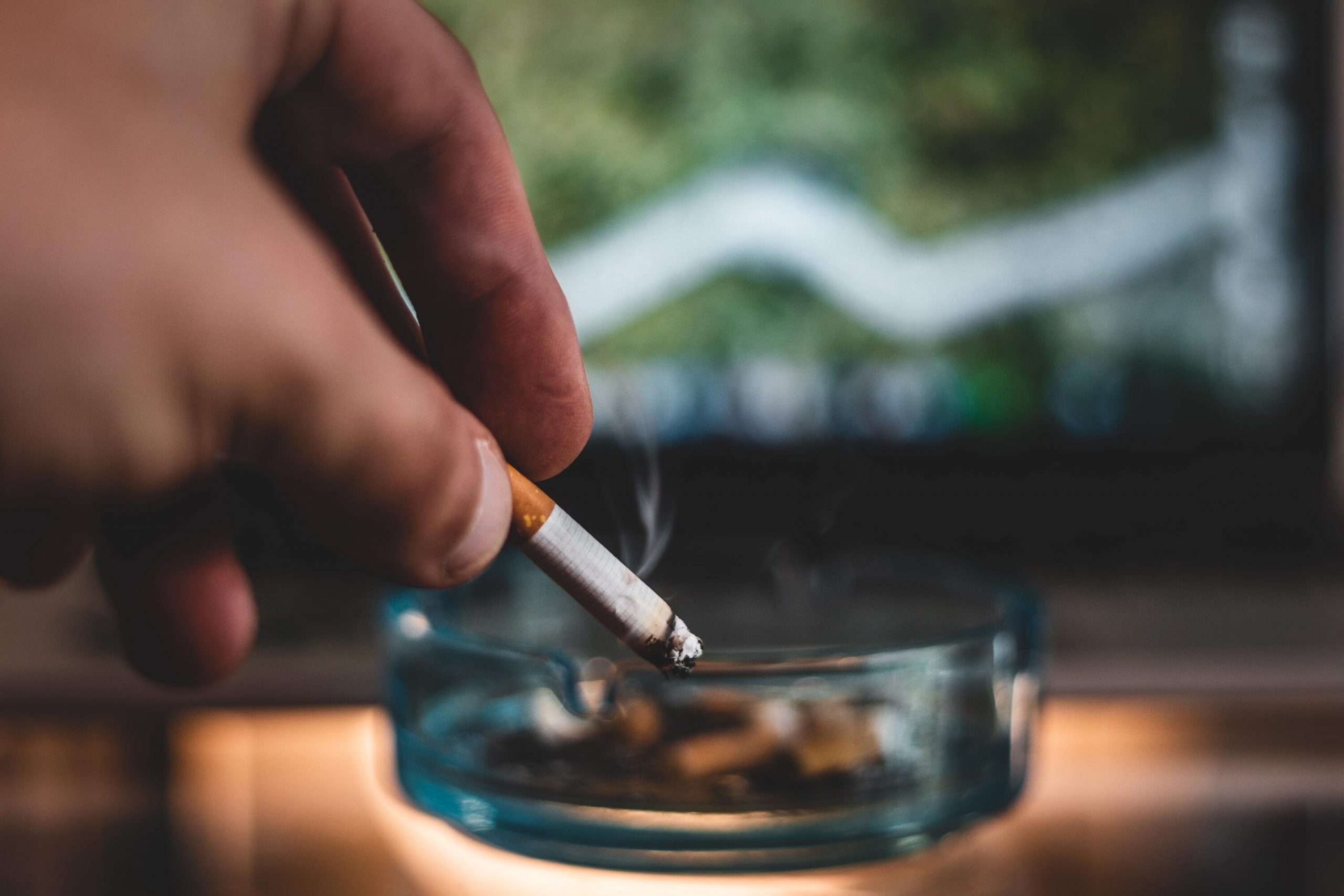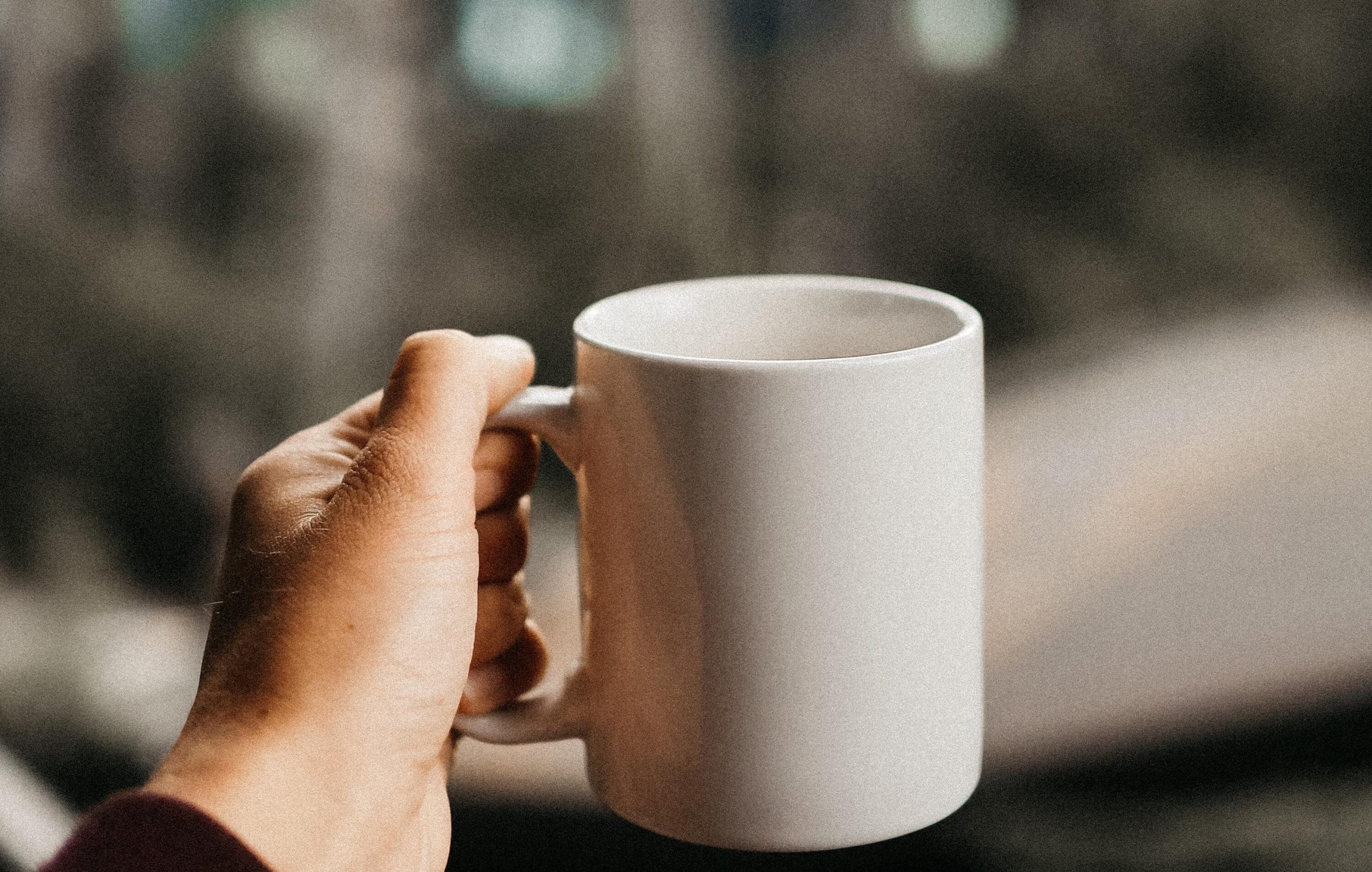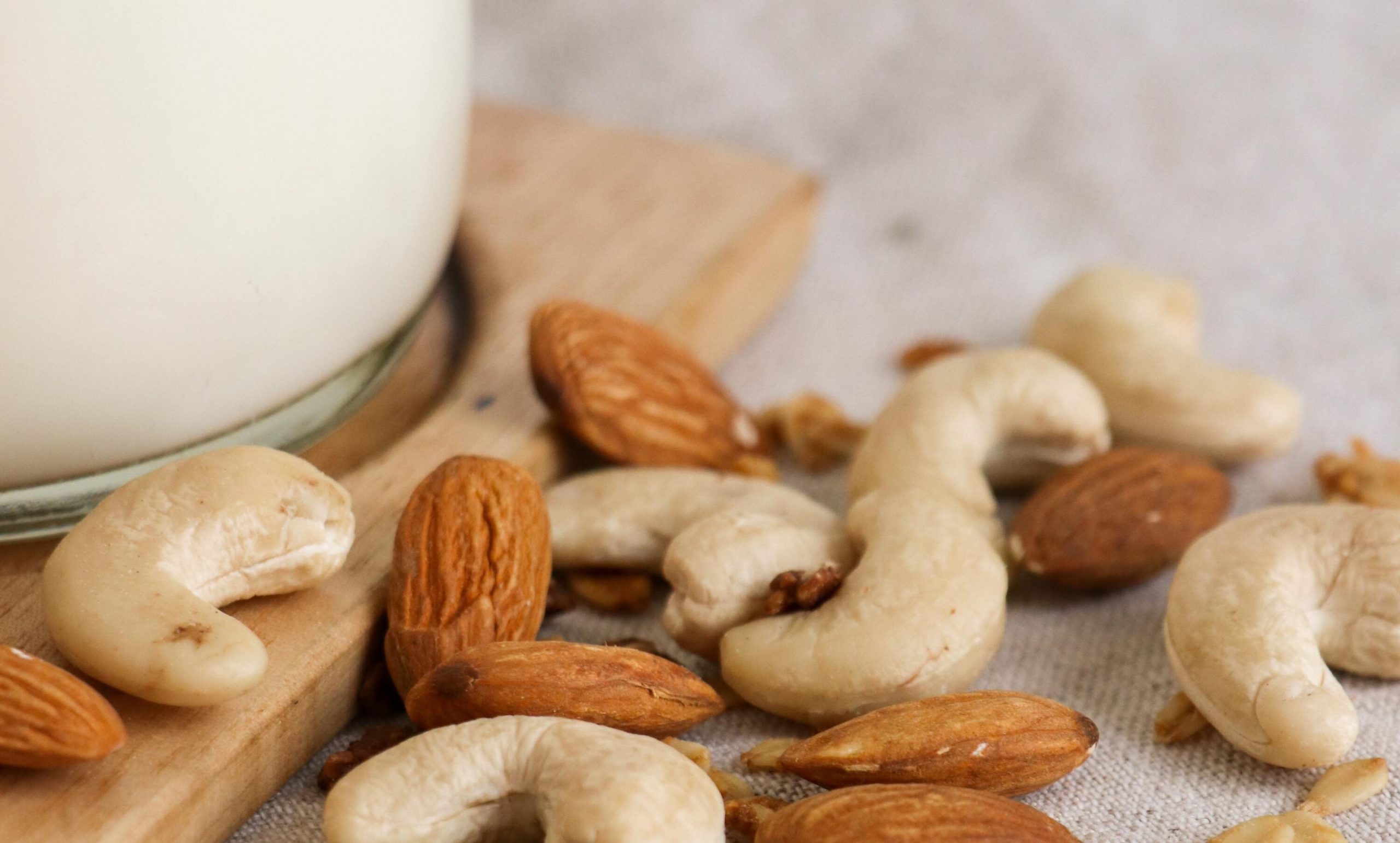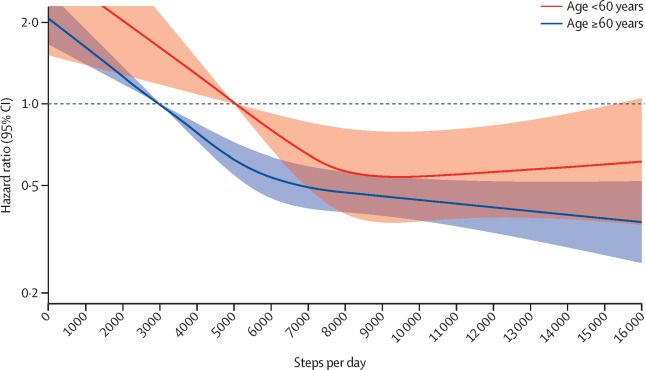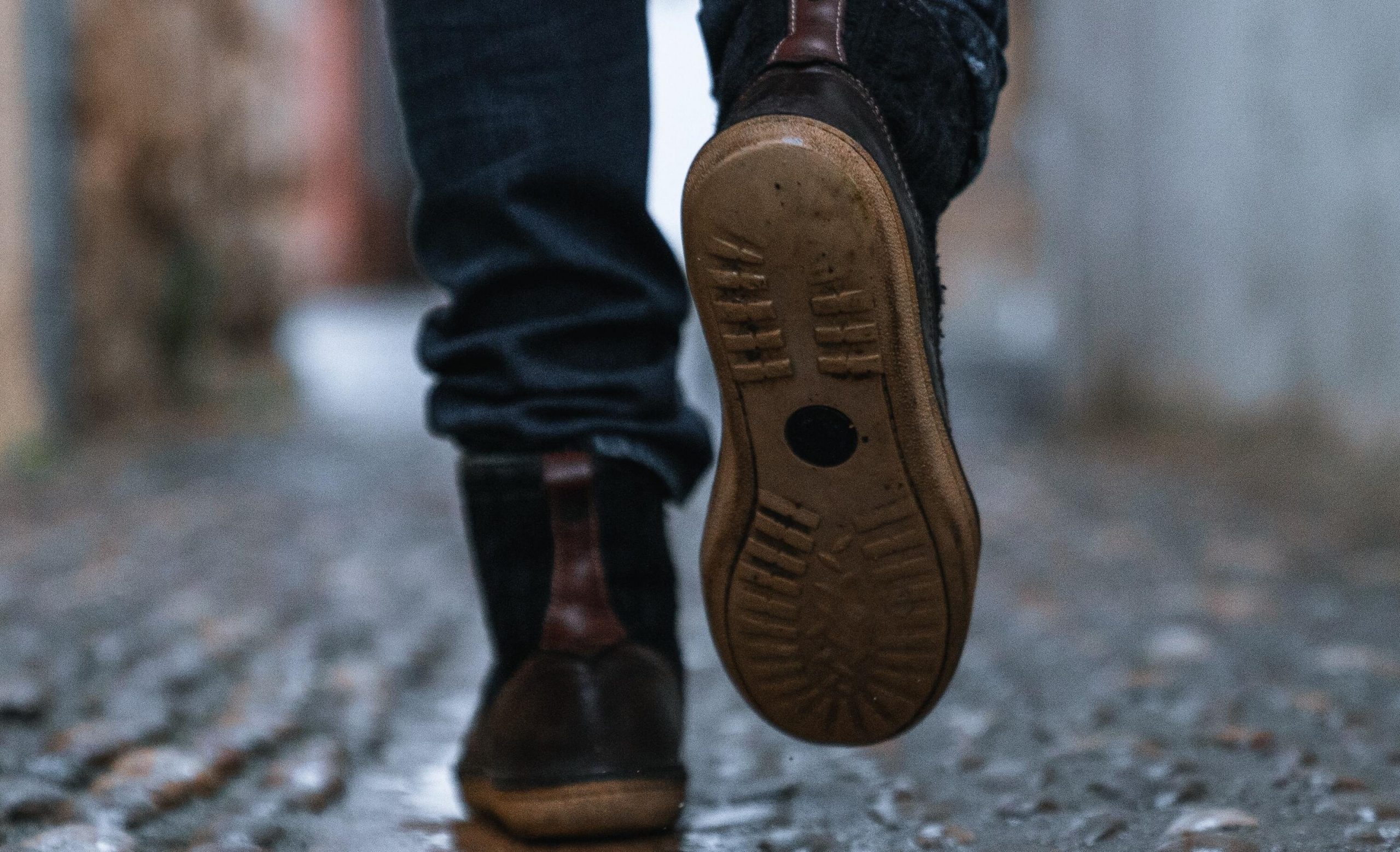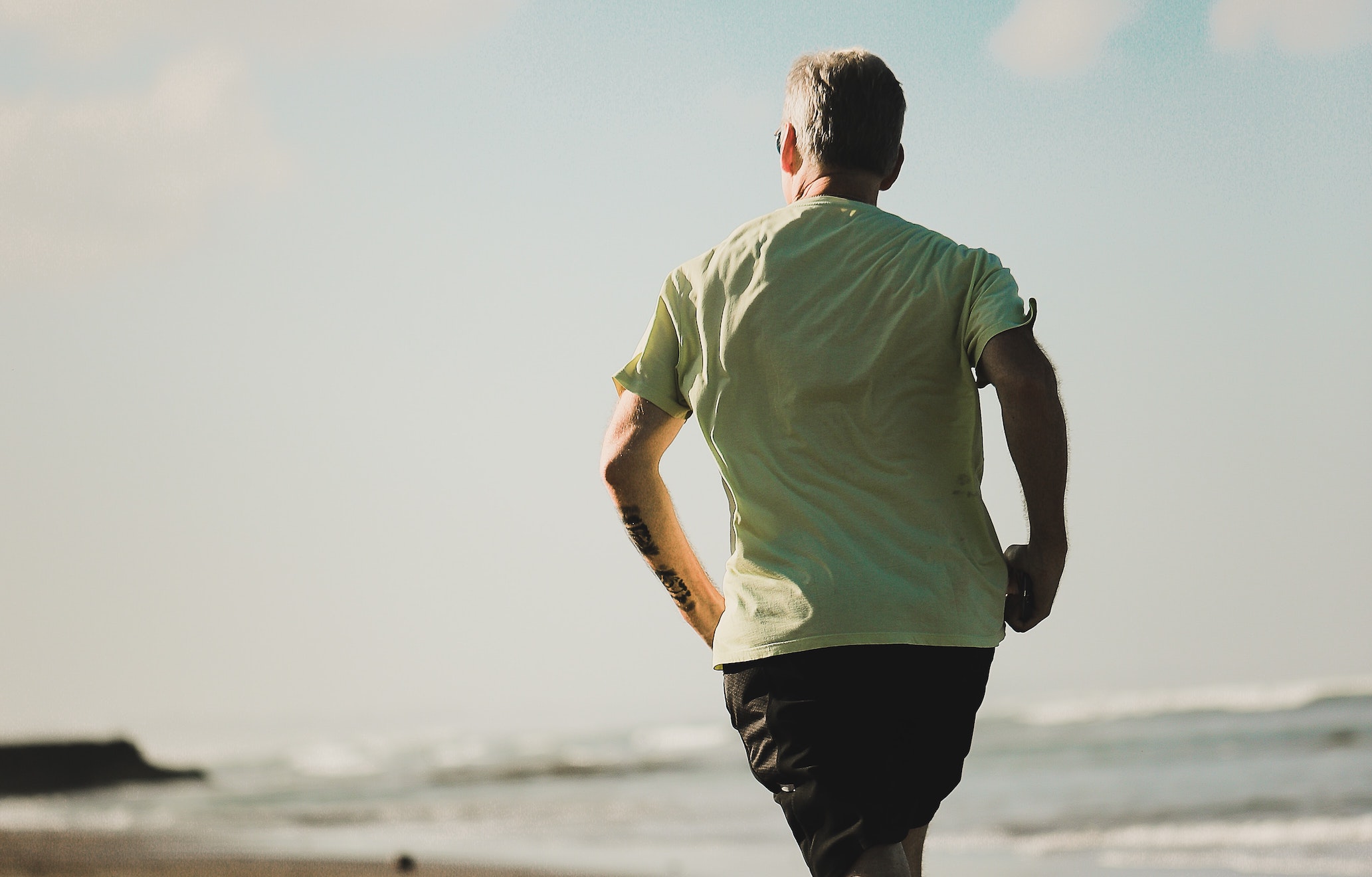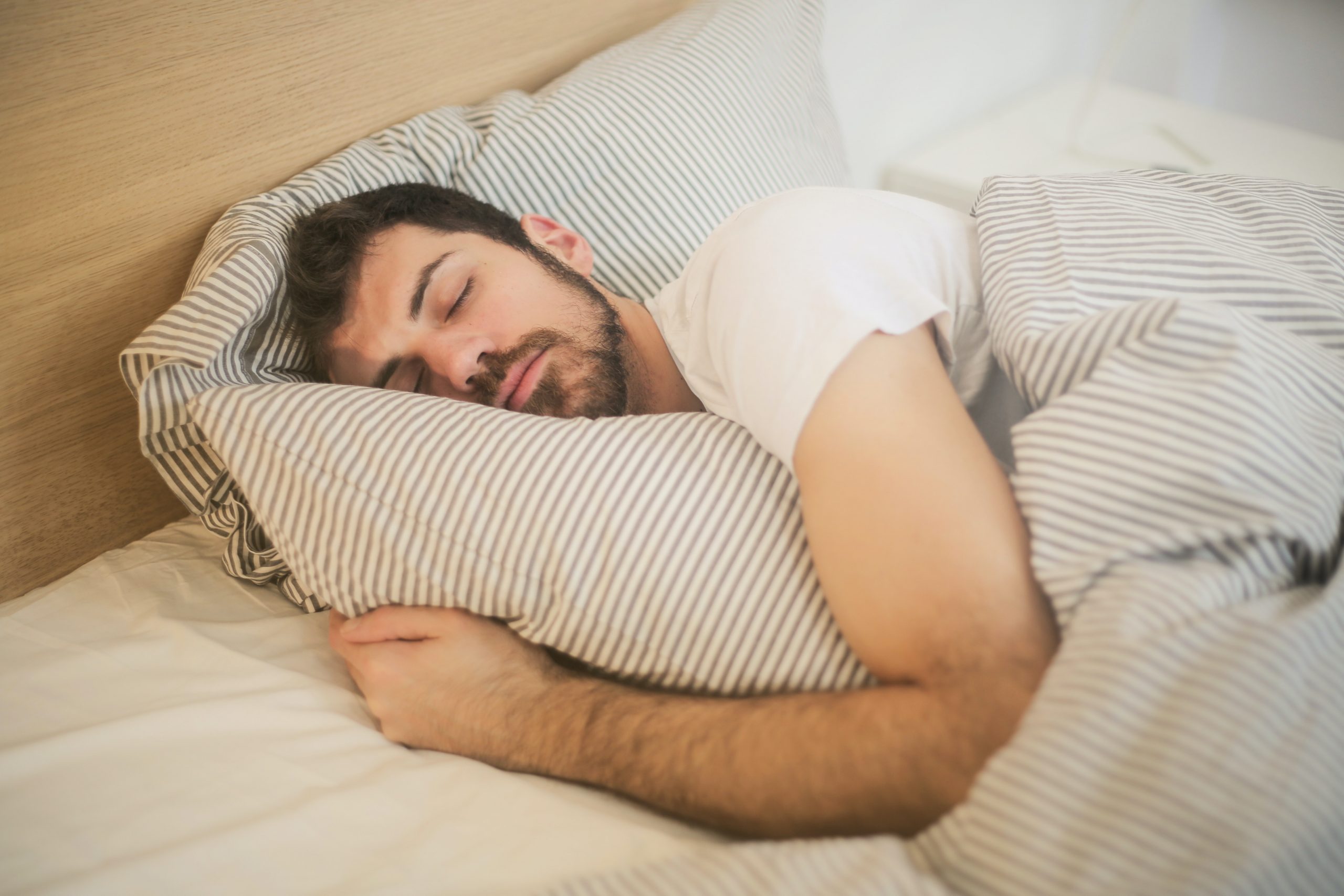Many self-trackers run science experiments on themselves. You should, too. I don’t recommend injecting yourself with strange drugs from the internet. I am talking about making changes to your diet and tracking the outcome.
Science has shown that improved diet can have as much effect as the latest innovation from the pharmaceutical industry. To improve your life, try an experiment.
Like Newton and Da Vinci, you’ll need a notebook. For one week, write down how you feel. That is your baseline. Then make a simple diet change. You already know what a better diet looks like. For example, you can replace an unhealthy snack with nuts and raisins. Continue writing down how you feel. After a few weeks, examine your notes and see if you feel better than the baseline before you made the change. If you do, great! Keep the change. If you don’t feel any improvement, that doesn’t mean the experiment failed. It means the experiment was successful and you proved that this change was not right for you. Make another change and repeat the experiment.
Use science to improve your life!

